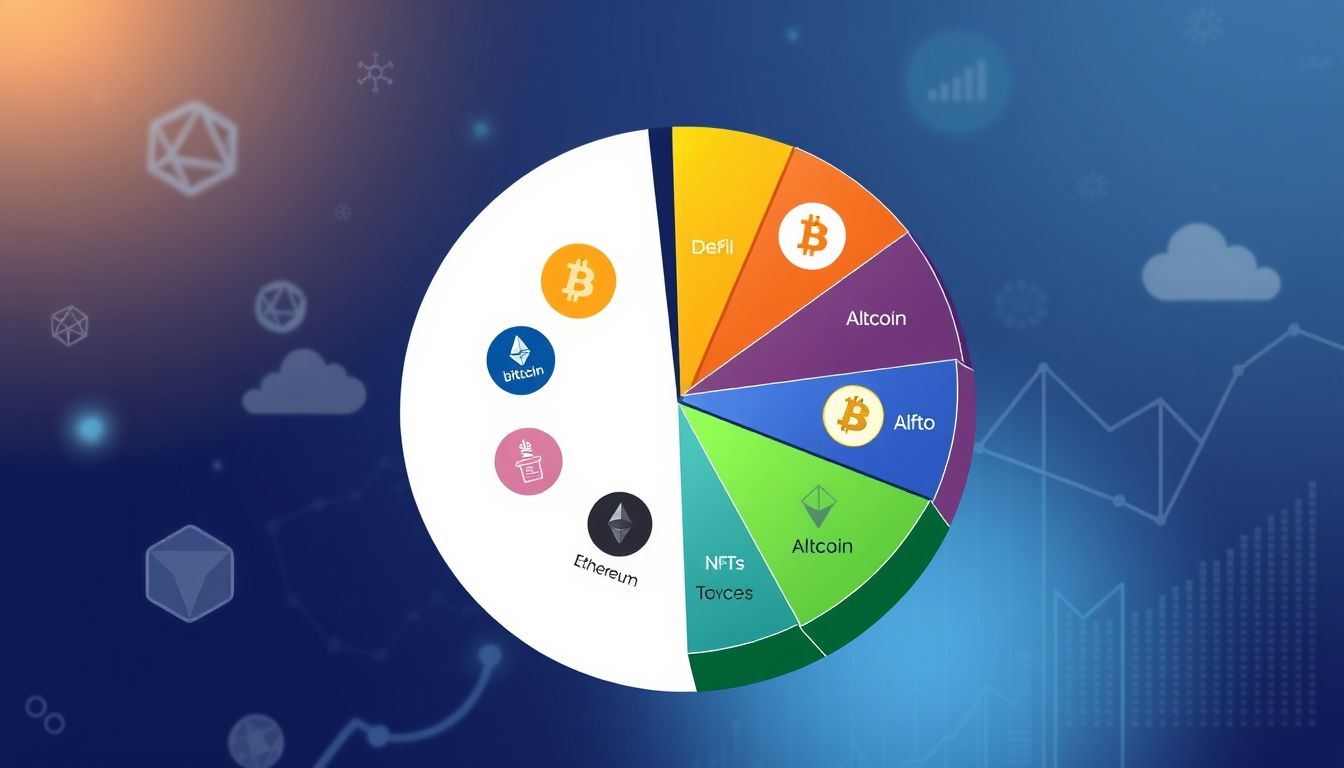Introduction: Cryptocurrency Volatility as an Investment Opportunity
The cryptocurrency market experiences sharp price fluctuations, which both concern some and attract the attention of others. While some see these fluctuations as a significant risk, smart investors see them as a golden opportunity to make substantial profits. This article aims to explore how to effectively capitalize on these fluctuations and mitigate the associated risks.
Chapter 1: Understanding the Nature of Cryptocurrency Volatility
What Factors Influence Cryptocurrency Price Volatility?
Cryptocurrency prices are affected by a wide range of factors, including:
- Supply and Demand: Like any other market, supply and demand play a crucial role in determining the price of a cryptocurrency.
- News and Events: Positive or negative news related to cryptocurrencies, such as institutional adoption or government regulations, can significantly impact prices.
- Public Sentiment: The public sentiment of investors plays a significant role in price movements, especially on social media.
- Technological Developments: Technological advancements in the blockchain field can affect the value of cryptocurrencies.
- Market Manipulation: Due to the lack of sufficient regulation in some markets, price manipulation can occur.
Measuring Volatility: Indicators and Tools
There are several indicators and tools that can be used to measure volatility, such as:
- Volatility Index (VIX): This index measures market expectations for future volatility.
- Bollinger Bands: Used to identify potential support and resistance levels.
- Average True Range (ATR): Measures the average price movement over a specific period.
Chapter 2: Short-Term Trading Strategies to Capitalize on Volatility
Day Trading
Day trading involves buying and selling cryptocurrencies on the same day, aiming to profit from small price movements. This type of trading requires high analytical skills and the ability to make quick decisions.
Example: Buying Bitcoin at $65,000 in the morning and selling it at $65,500 in the evening to make a quick profit.
Swing Trading
Swing trading aims to capitalize on "swings" in prices over days or weeks. This type of trading requires more patience than day trading but may be less stressful.
Example: Buying Ethereum when it is in an expected upward trend and holding it for several days until it reaches the target price.
Arbitrage
Arbitrage involves buying cryptocurrencies from an exchange at a low price and selling them on another exchange at a higher price. This strategy requires speed of execution and the ability to monitor cryptocurrency prices on different exchanges.
Example: Buying Ripple (XRP) from Kraken at $0.50 and selling it on Binance at $0.51 to make a small profit.
Chapter 3: Long-Term Trading Strategies to Capitalize on Volatility
Buy and Hold
This strategy involves buying cryptocurrencies with high potential and holding them for the long term, regardless of short-term fluctuations. This type of investment requires a strong belief in the future of cryptocurrencies.
Example: Buying Bitcoin and Ethereum and holding them for several years, expecting their value to increase over the long term.
Dollar-Cost Averaging (DCA)
This strategy involves investing a fixed amount of money regularly in cryptocurrencies, regardless of their price. This strategy helps reduce the impact of volatility on the average purchase price.
Example: Investing $100 in Bitcoin every week, regardless of the price of Bitcoin.
Chapter 4: Risk Management in the Face of Cryptocurrency Volatility
Position Sizing
Position size should be determined based on risk tolerance and available capital. No more than a small percentage of capital should be risked in any trade.
Stop-Loss Orders
Stop-loss orders help limit potential losses by automatically selling cryptocurrencies when the price reaches a certain level.
Portfolio Diversification
The investment portfolio should be diversified by investing in a variety of cryptocurrencies, rather than relying on a single currency.
Chapter 5: Technical Analysis Tools Used in Cryptocurrency Trading
Candlestick Patterns
Candlestick patterns are used to analyze price movement and identify potential entry and exit points.
Moving Averages
Moving averages are used to identify the price trend and identify potential support and resistance levels.
Relative Strength Index (RSI)
The Relative Strength Index measures the strength of the price trend and helps determine whether the cryptocurrency is in an overbought or oversold area.
Chapter 6: Fundamental Analysis of Cryptocurrencies
Whitepaper
The whitepaper for each cryptocurrency should be read before investing in it to understand the purpose of the currency and the technology it relies on.
Founding Team
Information about the founding team of the cryptocurrency should be researched, and their experience and qualifications should be evaluated.
Community
The strength and activity of the cryptocurrency community should be assessed, as a strong community can be an indicator of the currency's long-term success.
Chapter 7: Suitable Trading Platforms for Capitalizing on Volatility
Choosing the Right Platform
A reputable trading platform should be chosen that provides advanced analysis tools and low trading fees.
Types of Platforms
There are different types of trading platforms, including centralized platforms and decentralized platforms. The platform that suits your needs and investment goals should be chosen.
Chapter 8: Psychological Aspects of Trading in the Face of Cryptocurrency Volatility
Controlling Emotions
Emotions such as fear and greed should be controlled, and hasty decisions based on these emotions should be avoided.
Patience and Discipline
Successful trading requires patience and discipline. The trading strategy should be adhered to and not deviated from due to short-term fluctuations.
Chapter 9: Taxes and Legal Regulations Related to Cryptocurrency Trading
Understanding Taxes
The taxes related to cryptocurrency trading in your country should be understood, and tax laws should be complied with.
Legal Regulations
You should stay up-to-date with the legal regulations related to cryptocurrencies in your country, as these regulations may change constantly.
Chapter 10: Real-World Examples of Successes and Failures in Exploiting Cryptocurrency Volatility
Success Stories
There are many stories of people who have made significant profits by exploiting cryptocurrency volatility. These stories can be a source of inspiration, but we must remember that success does not guarantee repetition.
Failure Stories
There are also many stories of people who have lost their money due to random trading or not understanding the risks associated with cryptocurrencies. We must learn from these stories and avoid the mistakes made by others.
Conclusion
Cryptocurrency volatility is a great investment opportunity, but it requires a deep understanding of the market, a sound trading strategy, and strict risk management. Through continuous learning and practical application, investors can make significant profits by exploiting these fluctuations.




